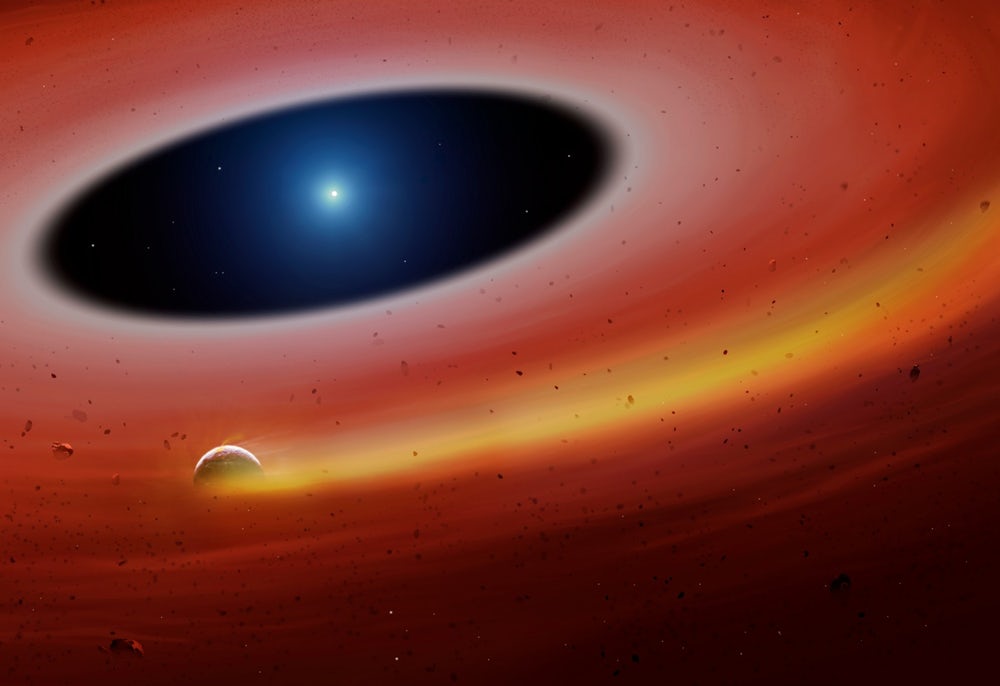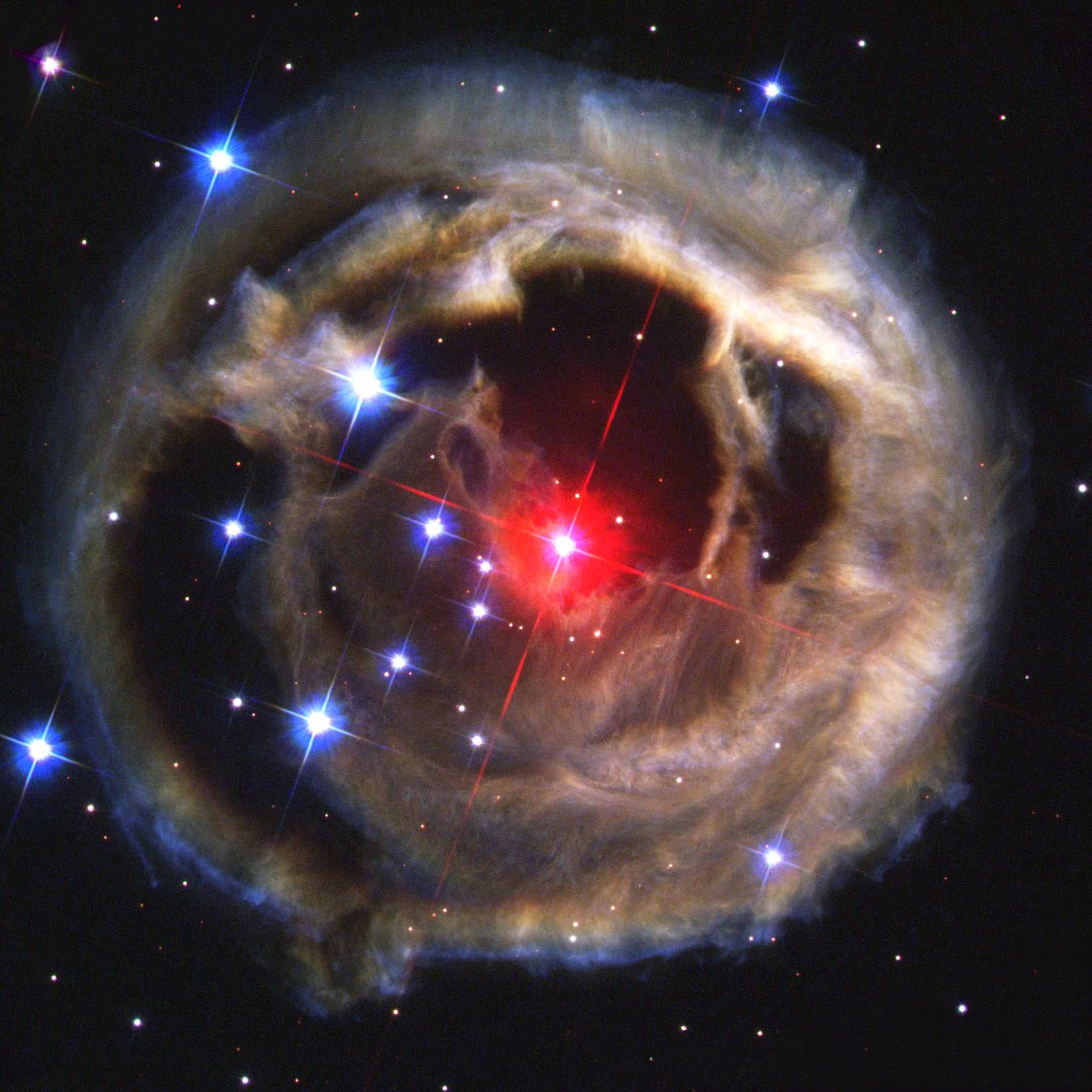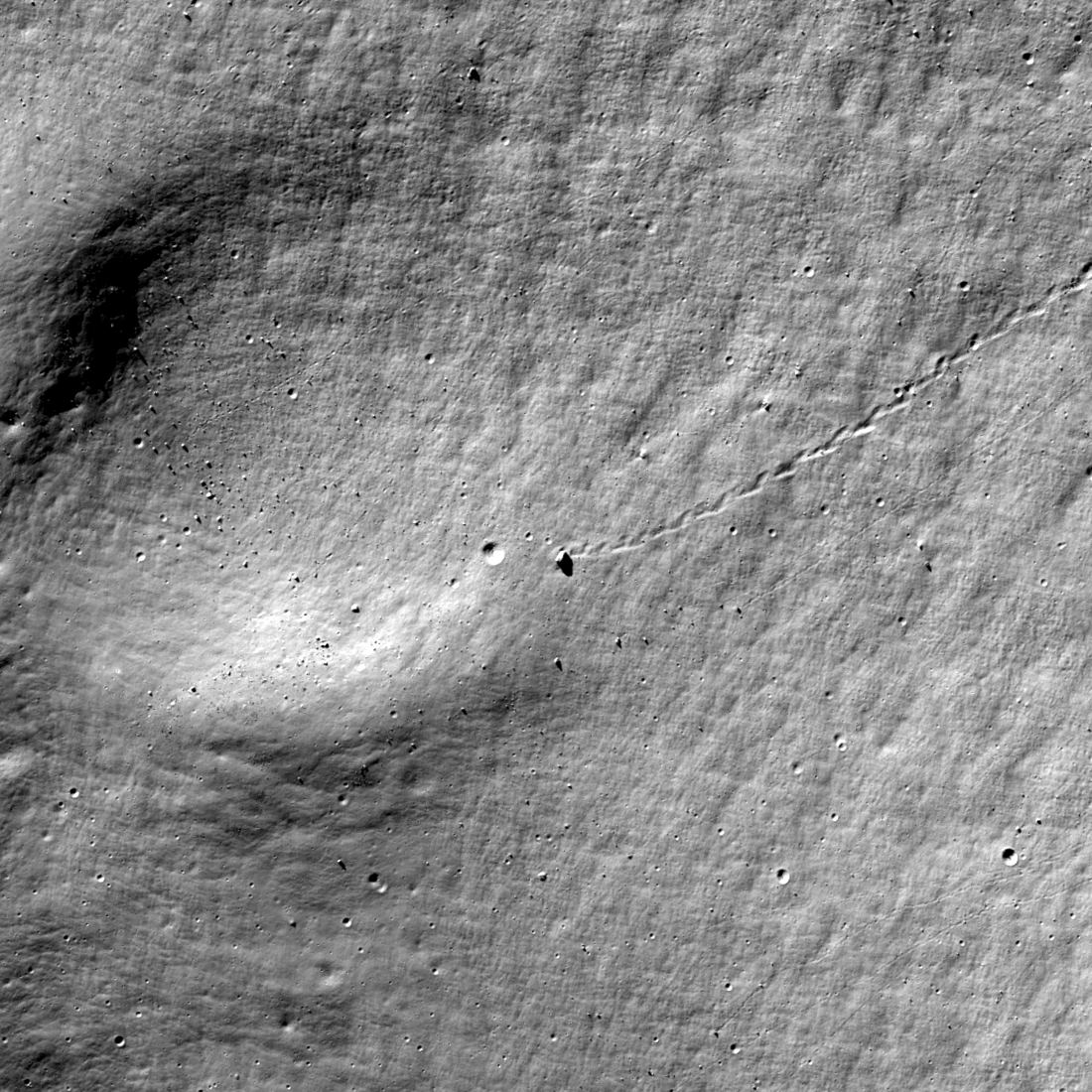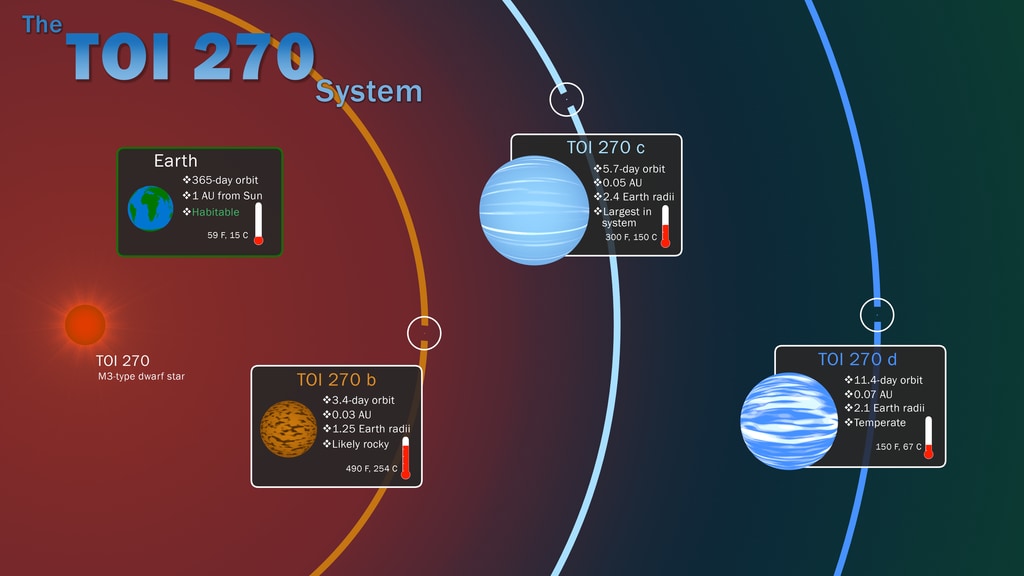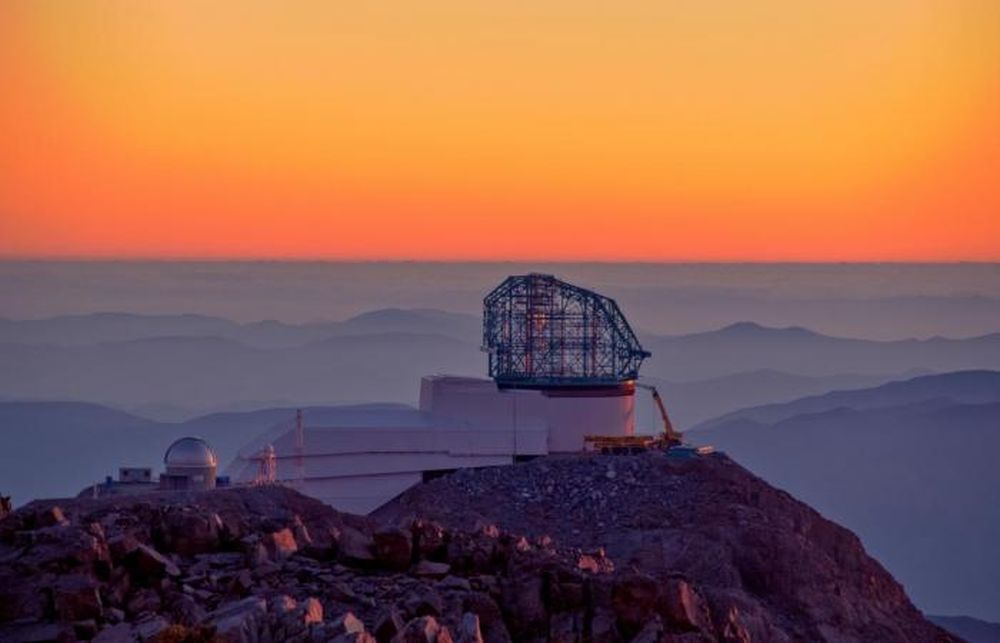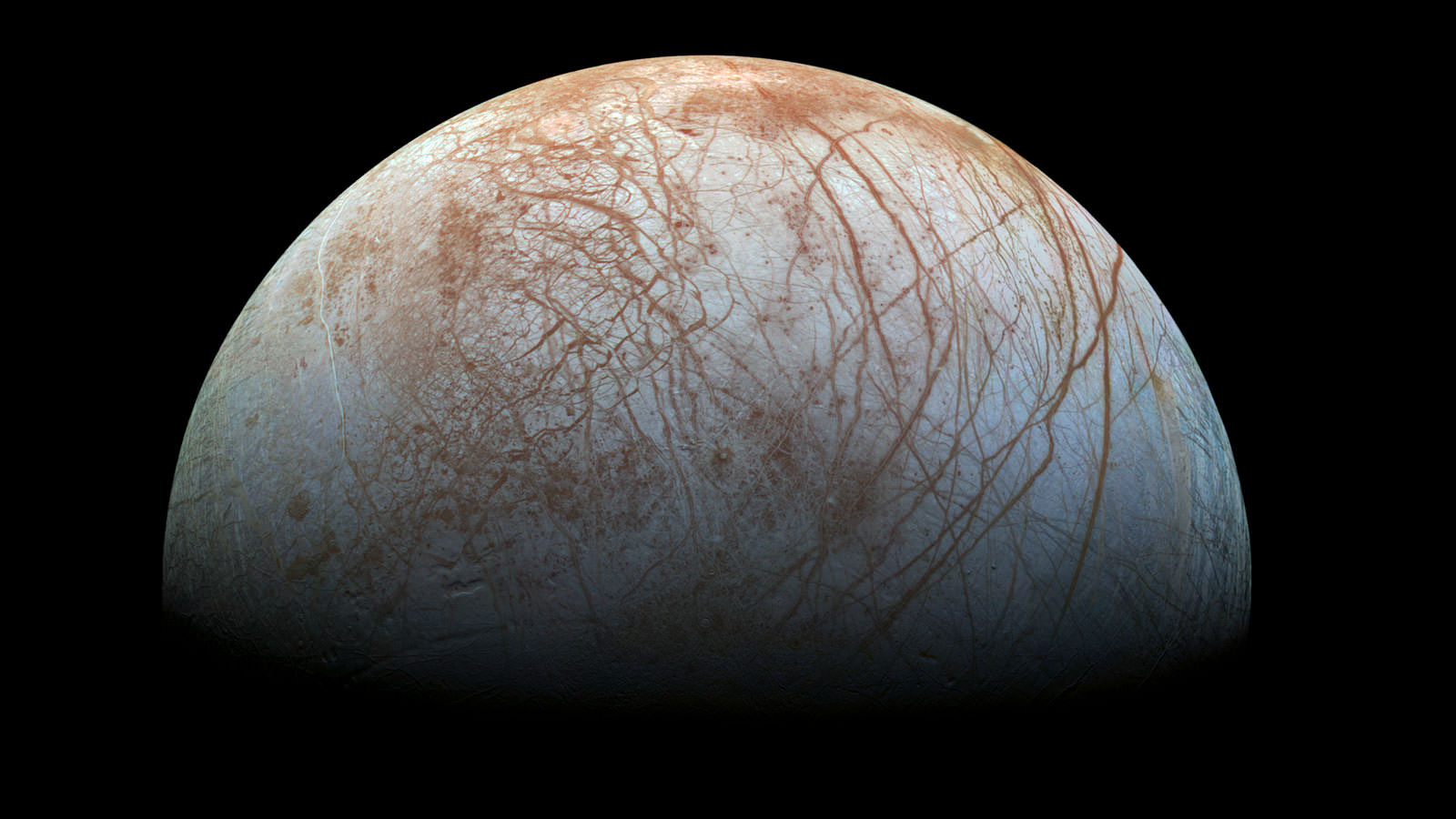When a star reaches the end of its life cycle, it will blow off its outer layers in a fiery explosion known as a supernova. Where less massive stars are concerned, a white dwarf is what will be left behind. Similarly, any planets that once orbited the star will also have their outer layers blown off by the violent burst, leaving behind the cores behind.
For decades, scientists have been able to detect these planetary remnants by looking for the radio waves that are generated through their interactions with the white dwarf’s magnetic field. According to new research by a pair of researchers, these “radio-loud” planetary cores will continue to broadcast radio signals for up to a billion years after their stars have died, making them detectable from Earth.
Continue reading “Dead Planets Around White Dwarfs Could Emit Radio Waves We Can Detect, Sending Out Signals for Billions of Years”
